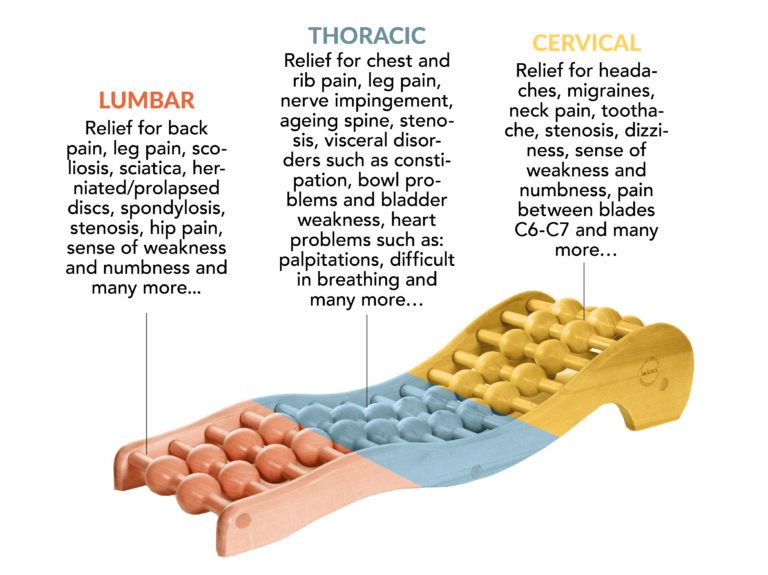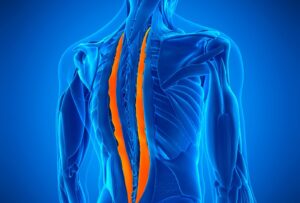What is facet joint syndrome precisely?
Facet joint syndrome is basically another term for osteoarthritis. It is a pain that occurs at the joints between the vertebrae in your spine, or a motion segment. This facet syndrome can lead to a limited range of motion in the sufferer. Facet joints are the joints that make your spine flexible, so that you can twist and bend. The wear and tear associated with aging can lead to a decrease in the health of these joints, which in turn can lead to complications.
Problems with the facet joints are common, but they can result in disability, and they can lead to serious symptoms that can severely impact your life. One good thing about facet joint syndrome is that the nerves in the spine are not usually affected.
Facet joint syndrome can produce symptoms rather like those you get when you have a herniated disc. Alternatively, the symptoms may resemble those normally associated with a torn spine muscle, a fracture, or a deep infection, or a torn muscle in the lower back.
Because facet joint syndrome mimics symptoms caused by other health problems, sufferers need to get an accurate diagnosis and rule out other possible conditions such as degenerative disc disease, issues with any spinal nerves or spinal tumors.
Symptoms associated with facet joint syndrome include the following:
- Intermittent, but acute lower back or cervical facet joint pain. These painful episodes may happen a few times a year, or sometimes, a few times a month. They are completely unpredictable.
- Many sufferers have a persistent tenderness over inflamed facet joints, combined with a loss of flexibility in the spinal muscles.
- It is more painful to bend backwards than to bend forwards.
- Leg pain. Pain in the lumbar spine can spread into the buttocks and down the back of the legs. Sometimes, but not very often, the pain caused by lumbar facet joints might extend to the front part of the leg, or it could even spread below the knee and into the foot.
- Cervical facet joint problems may manifest themselves locally, or they may present themselves in painful shoulders and in the upper back. Neck pain may also be present at times. The pain rarely goes down into the arms or fingers. A herniated disc can more often cause pain in these areas.
Diagnosis & Treatment
In order to discover the exact cause of your back pain, it is imperative that you seek medical advice. Talking to a medical professional can get you on the right path to finding out the cause of your pain. Depending on your first point of contact (whether it is your GP or a spinal specialist) the diagnosis path may vary in length. Although a GP can point you in the right direction to getting treatment, it is recommended that you seek the advice of a medical specialist to get the best results.
He or she will first start assessing your condition by first carrying out a physical examination to locate the exact cause of the pain and to check for any abnormalities. If anything unusual is found during this session, you may be referred to have further tests that can help rule out more serious conditions that can pass for facet joint syndrome.
That being said, there are several ways to treat this medical condition. As a caveat, it is recommended that you start out with the least invasive options first, and work your way up from there if you find out that previous treatment attempts didn’t work. This is to help you avoid any unnecessary side effects. That being said, treatment options include:
- Exercises can be given to sufferers by the medical profession. These exercises are a long-term solution.
- You can help yourself by maintaining good posture at all times. You may find that one of our back-support products helps immensely. When the pain is really bad, a car support may be necessary, as might a chair support.
- Physical therapy. This is oftentimes the most recommended form of treatment, given its high rate of success, as well as the lack of side effects that come with it.
- Heat can help alleviate pain, as can cold therapy treatments.
- Anti-inflammatory products can help, but these are not meant to be long-term solutions. They can cause addiction, as well as side effects and also don’t help treat the root cause of your problem but offer you only temporary pain relief.
- Radiofrequency ablation, a procedure that is a type of facet joint injection
- Other joint injections
- Surgery is also an option, although it might not be very effective. However, it should only be considered as a last resort. It is a highly invasive procedure that can sometimes lead to more symptoms and problems than before.

Treat Facet Joint Syndrome Naturally!
The Backrak is a patented class I medical device that has been carefully engineered by the brightest minds on Harley Street. It is highly efficient at freeing you from middle back pain, and also preventing the problem from coming back altogether.
Its aim is to treat the source of your thoracic pain, rather than the symptoms. Given its unique structure that mimics the spine, it accurately targets your pain points, delivering great results.
For some people, a change of lifestyle can oftentimes help with facet joint syndrome, especially if they use our back-support products or our Backrack. All our products have been designed by Harley Street spine specialist who are experts in treating patients with back problems.
Why not contact us now, and chat with an advisor to find out more about how we can help you?
Author: Spinal Backrack








